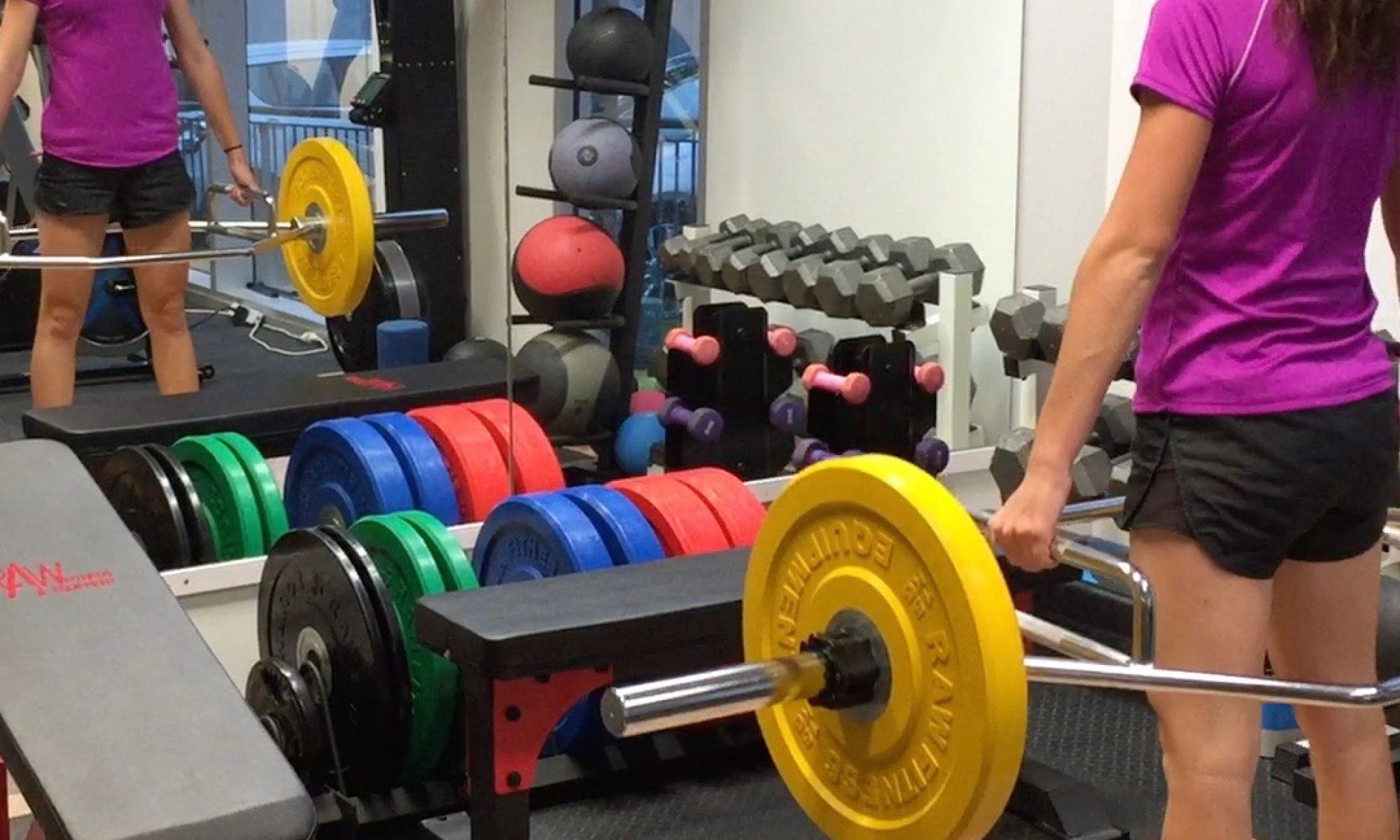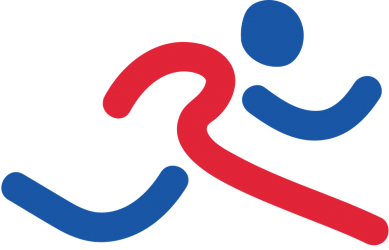Exercise for PCOS
Polycystic ovary syndrome (PCOS) is a hormonal condition that affects 1 in 7 women. PCOS is characterised with an increase of 2 hormones:
- Insulin
- Androgens (male type hormones)
As a result of the changes in hormone levels, this can cause different symptoms such as:
- Irregular or absent periods
- Excessive facial and body hair
- Weight gain or difficulty losing weight
- Issues with fertility
PCOS is also closely related to other metabolic conditions. Insulin resistance is an extremely common feature of PCOS, with 85% of women with PCOS having insulin resistance. Insulin resistance occurs when your body makes enough insulin, but doesn’t use it effectively, increasing the risk of type 2 diabetes.
Exercise plays an important role in the management of PCOS symptoms. Let’s have a look into the different forms of exercise that can help, and again; it is important to choose a form of exercise that you enjoy!
- Aerobic exercise: Moderate exercise such as walking, jogging, cycling and swimming are all beneficial. Aerobic based exercise (enough to get you moving and with a bit of huff and puff) will help increase insulin sensitivity and reduce the risk of developing cardiovascular disease and diabetes.
- Strength training: Either through body weight, resistance bands, machine and free weights are also beneficial in building muscle mass and changing body composition.
- HIgh intensity interval training: intervals involve swapping between short bouts of high intensity work and lower intensity recovery. This will be beneficial for increasing cardiovascular fitness and decreasing weight circumference.
Sources: Jean Hailes, n.d. Polycystic Ovary Syndrome. (https://www.jeanhailes.org.au/health-a-z/pcos
Exercise Right, n.d. Best type of exercises for PCOS (https://exerciseright.com.au/best-types-exercise-pcos/)


